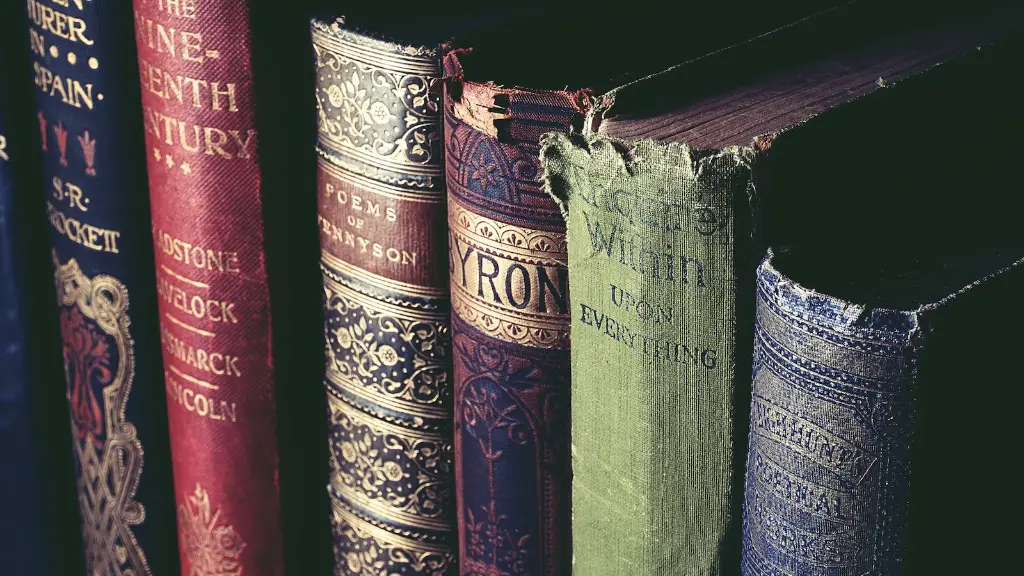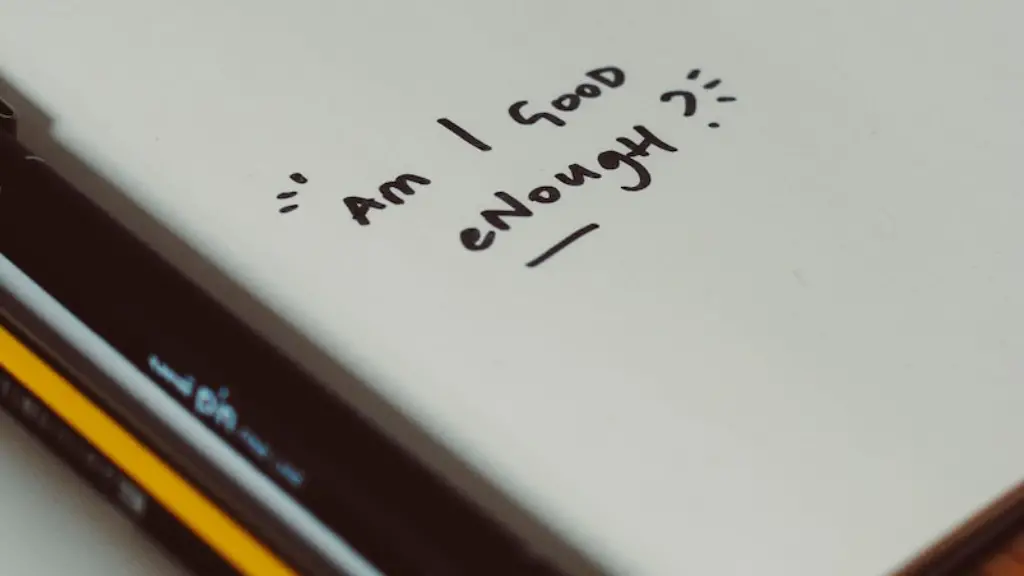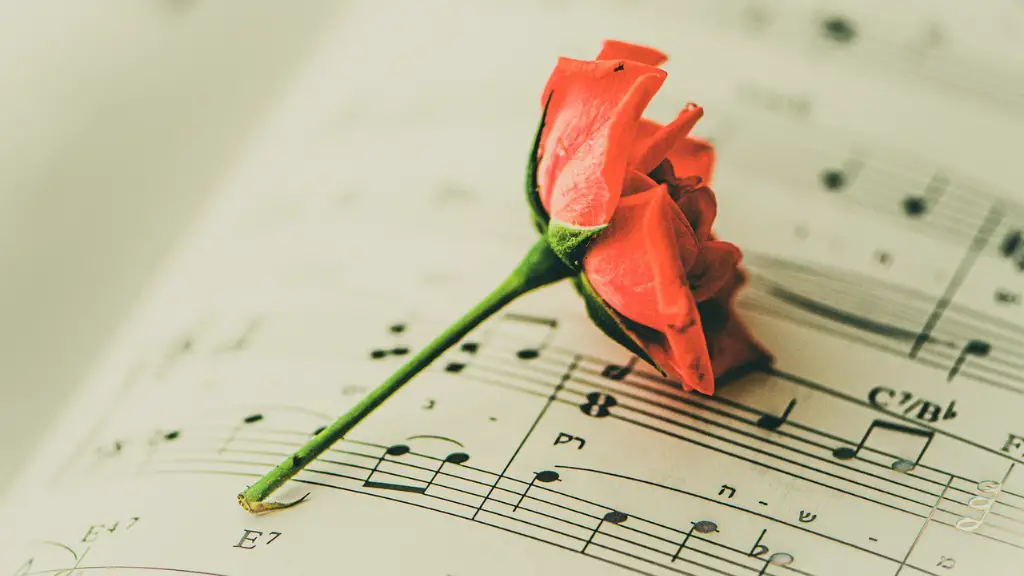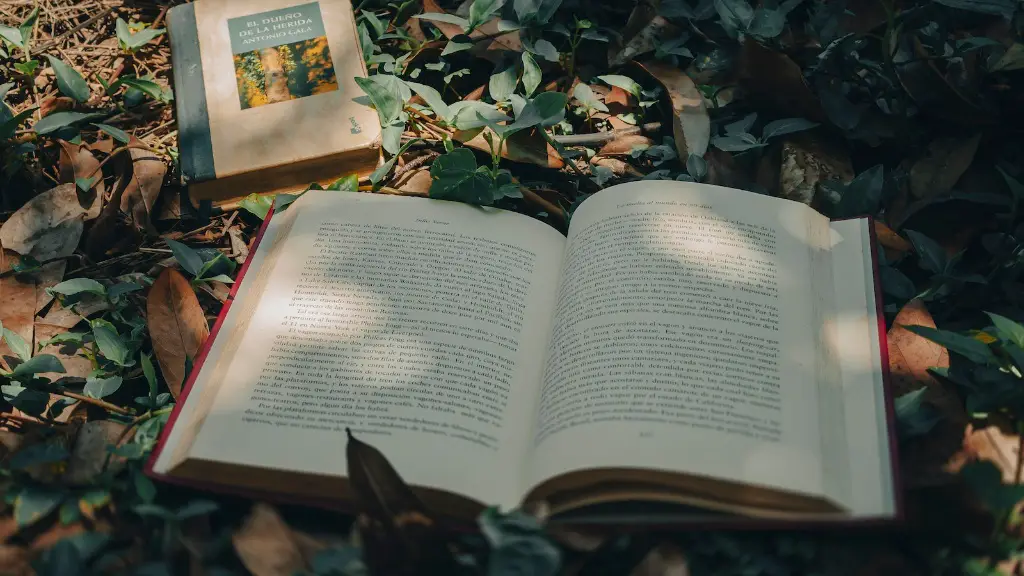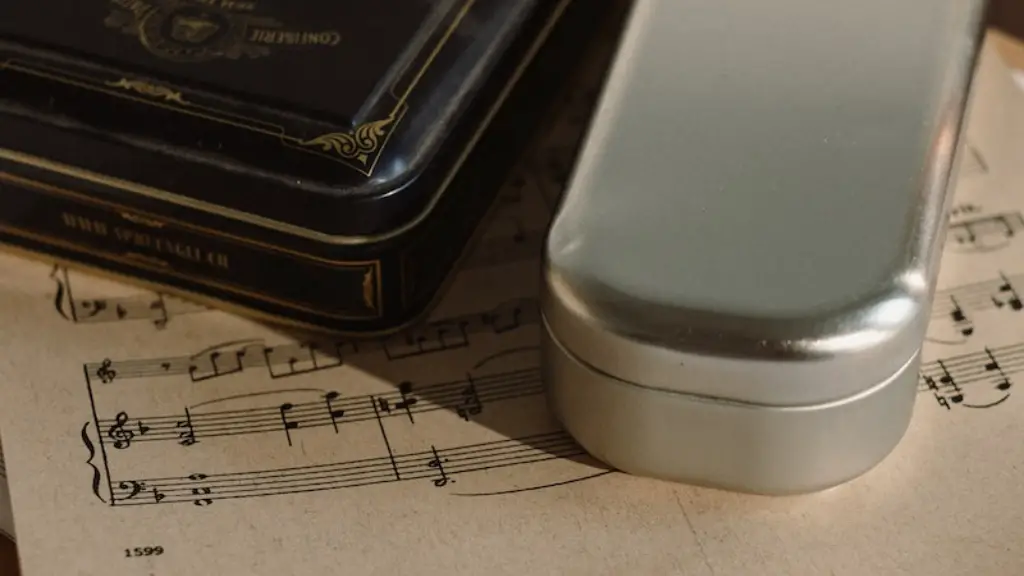How to Analyse Poetry
The appreciation of poetry relies on the ability to analyse and interpret its meaning. To do so, one needs to identify and evaluate both form, the physical structure of the poem and its content and meaning. Read on to discover the best ways to go about breaking down a poem and begin to understand the intent of the poet.
Form
At first glance, analysing the form of a poem can be daunting. However, understanding the physical structure of the poem and the use of poetic techniques employed can help with the analysis of a poem’s main themes and the purpose of the poem in general.
Rhythm – rhythm is the pattern of sound created by the words in a poem. Poetry often utilises the repetition of a certain sound, such as stressed syllables, for the purpose of emphasising certain words and ideas in the poem.
Meter – meter is the pattern of stressed and unstressed syllables. This can be found in most types of poetry, such as iambic or trochaic. It is also important to note that many poems might have some lines with a different meter which links to the main idea or an important concept in the poem.
Rhyme Scheme – a rhyme scheme is a set pattern in the poem that dictates which words rhyme. Poets often use a rhyme scheme to emphasise certain words or create a sense of harmony within the poem.
Figures of Speech – figures of speech are words or phrases that are used in a non-literal way to create certain imagery or evoke certain emotions. Common examples of figures of speech include metaphors, similes and personification.
Content and Meaning
Arguments about poetry are based on interpretations of the underlying meaning and intent. To analyse the content and meaning of a poem, one needs to focus on the song lyrics, language, images, characters and situation, as well as the main themes of the poem.
Lyrics – analysing the words of a poem can give insight into what the poet is trying to say. Pay attention to phrases that seem to emphasise certain points, as well as the use of metaphors and symbols.
Language – despite the beauty and mysteriousness of language, it is a powerful tool used by poets to communicate their ideas. Pay attention to the way the poet uses language, as well as the imagery they create.
Images – in a poem, imagery is created by the poet through the use of figures of speech, symbols and a series of descriptions. Pay attention to which images the poet is using and how they help to elucidate the poem’s meaning.
Characters and Situation – in a poem, the characters and their situation often mirrors the emotions of the poet. Pay attention to how the characters interact with one another, as well as the setting of the poem, as they both help to shed light on the meaning of the poem.
Themes – the main themes of a poem are often the most important elements as they help to capture the essence of the poet’s message. Identify the main themes of the poem and analyse how the poet uses language, images and characters to express them.
Conclusion
Analyzing poems can be a challenging task, however it is an incredibly gratifying and insightful experience. The process involves looking at both the form and content and meaning of the poem and deciphering ways in which the poet has used it to communicate his/her thoughts and messages. With the tips discussed in this article, you will be able to easily begin your poetic exploration and appreciating the works of poets around the world.
Modern Poetry Analysis
Modern poetry analysis is a term used to refer to the various techniques used to analyse and interpret contemporary poetry. The approaches vary widely and they involve looking at the social, economic and historical contexts of the poems, exploring the form and content of the poem, and looking at the use of language in the poem to uncover its deeper meanings.
Modern poetry analysis covers a variety of topics and themes, ranging from contemporary politics, to class structures, to gender roles. The philosophy behind modern poetry analysis is that by understanding the context and intent of the poem, one can gain a deeper understanding of the poem and its implications. Additionally, the techniques used to analyse modern poetry differ from those used to analyse classical poetry, as the techniques used for classical poetry generally do not take into account the social and political issues that affect modern poetry.
Using Sources to Improve Poetry Analysis
Using sources to improve your poetry analysis is essential for providing insight into the deeper meanings and implications of the poem. One way of doing this is through the use of literary criticism, which involves looking at how different readers have interpreted the poem and examining the various opinions and interpretations they have presented. This can be an excellent way to explore alternate meanings or uncover new insights into the poem.
Another way of using sources to improve your poetry analysis is to look at sources that provide background information on the various cultural, social and political issues that are relevant to the poem. By researching the various contexts and issues that are relevant to the poem, one can gain a greater understanding of the poem and its implications. This can also be done by looking at sources such as books, magazines and online articles.
The Role of Emotion in Poetry Analysis
One of the most important elements of poetry analysis is to identify and interpret the emotions felt by the poet. Emotions such as love, grief and joy can be explored and discussed through the use of symbols and language, as well as through the examination of the wider context of the poem. By looking at how the poet has used these elements to communicate their emotions, one can gain a greater understanding of the poem and its implications.
Additionally, by looking at the emotions of the characters in the poem, one can gain a better insight into the intentions of the poem and the feelings the poet was trying to convey. By interpreting the emotions of the characters, one can gain a deeper understanding of the poem and its purpose. By exploring both the emotions of the poet and the emotions of the characters in the poem, one can gain a better insight into the meanings and implications of the poem.
Using Language and Imagery to Analyse Poetry
The use of language and imagery can be an invaluable tool in poetry analysis, as this allows one to gain further insight into the poem’s meaning. The poet’s use of poetic techniques, such as metaphor and simile, can be analysed to explore the deeper implications of their words, as well as to uncover any potential symbolism in the poem. Additionally, the descriptions the poet has used can be analysed to explore the themes and characters of the poem, as well as to gain a better understanding of the context of the poem.
Furthermore, the use of imagery can be used to explore the emotions and feelings of the poet, as images can often capture and emphasise certain emotions better than words alone. By studying the poet’s use of imagery, one can gain a better insight into the feelings and intentions of the poet, as well as gaining a greater understanding of the poem itself.
Computer Aided Poetry Analysis
Computer-aided poetry analysis has recently been developed and it can be used to provide additional insights into the interpretation of a poem. There are two main approaches to computer-aided analysis. The first process involves using software to analyse the poem itself, looking at the language and imagery to uncover patterns and meaning. The second process involves using natural language processing algorithms to analyse the text and uncover potential meanings and implications.
Computer-aided poetry analysis has been used to great success by literary scholars and this method is often used to uncover new insights into a poem. For example, a computer-generated analysis of a poem can reveal connections between words and themes that would have otherwise been overlooked. Additionally, this method can be used to uncover deeper levels of meaning and context than would be possible with manual analysis.
Final Thoughts
Overall, poetry analysis is a difficult yet rewarding process. By understanding both the form and content of the poem, as well as the social and political contexts in which the poem was created, one can begin to unlock the deeper meanings and implications of the poem. Additionally, the use of sources, such as literary criticism and computer-aided analysis, can help to provide greater insights into the poem, as well as to uncover connections and meanings that would have otherwise been overlooked. Through the use of these methods, one can gain a greater understanding and appreciation for the poem and its implications.
